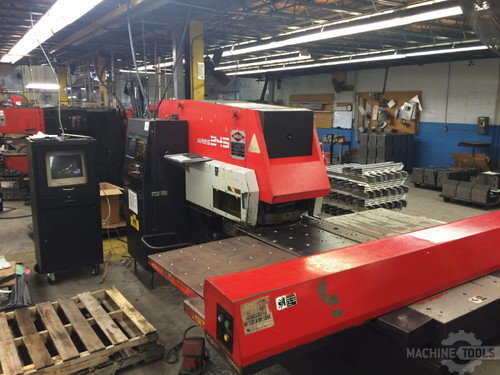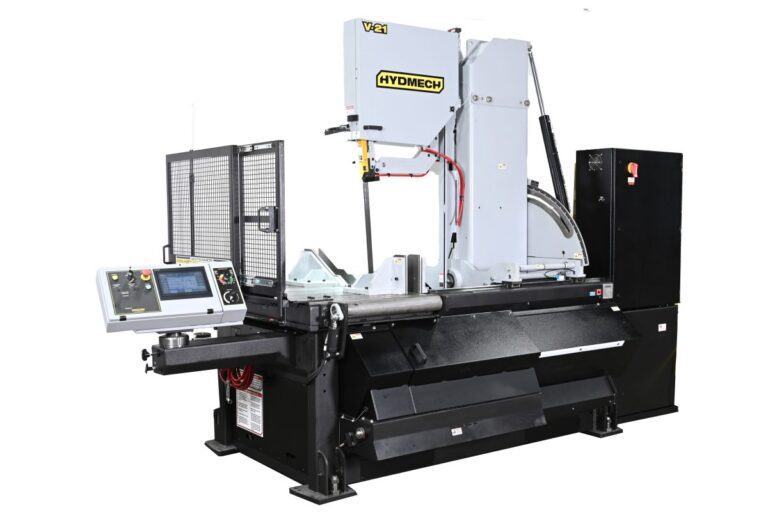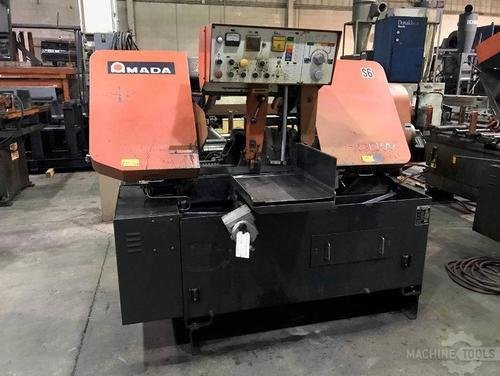By Joe Ryan, President of Mac-Tech
When I first stepped into the metal fabrication industry, my background in finance and leadership shaped how I viewed business growth—not just through sales volume, but by unlocking new revenue streams and improving operational efficiency. At Mac-Tech, this perspective drives our approach to servitization, a strategy that transforms traditional equipment sales into ongoing service-based revenue. By integrating servitization into metal fabrication, we help clients scale their operations, optimize asset utilization, and ultimately enhance their return on investment.
Our business-focused mindset means we don’t just sell machines; we deliver comprehensive solutions that align with our clients’ financial goals and market ambitions. Whether it’s through lean process analysis, advanced automation, or tailored service contracts, Mac-Tech’s strategy is to empower fabricators to move beyond one-time equipment purchases toward sustainable, recurring income models. This approach is especially critical in today’s competitive market where operational agility and financial foresight determine long-term success.
Driving Market Growth Through Servitization Strategies
The metal fabrication market is evolving rapidly, and servitization is a key driver of this growth. By offering equipment as part of a broader service package—such as maintenance, upgrades, and performance monitoring—fabricators can differentiate themselves and attract new customers. This model not only expands market reach but also builds stronger client relationships through ongoing engagement. From my vantage point, this shift is a natural extension of lean manufacturing principles, where continuous improvement and waste reduction are paramount.
Scaling operations under a servitized model requires a strategic balance between capital investment and operational efficiency. Mac-Tech supports clients by integrating smart machines equipped with IoT sensors and predictive analytics, enabling real-time monitoring and proactive maintenance. This reduces downtime and extends equipment life, which is essential for fabricators looking to grow without proportionally increasing overhead. Our solutions also facilitate importing and integrating these technologies seamlessly into existing workflows, helping businesses stay competitive in a global market.
ERMAKSAN POWER-BEND FALCON BENDING MACHING
Mac-Tech’s Role in Maximizing ROI via Metal Fabrication
Maximizing return on investment is at the core of every decision I make as a leader. Servitization offers a compelling financial proposition by turning capital expenditures into predictable revenue streams. At Mac-Tech, we help clients evaluate the full lifecycle cost of their equipment, factoring in service contracts, energy efficiency, and productivity gains. This comprehensive financial analysis draws on my experience in fixed income and futures markets, where understanding long-term risk and return is critical.
Operational efficiency is another pillar of ROI enhancement. Our team works closely with fabricators to implement lean analysis and optimize production processes, ensuring that servitized equipment delivers consistent value. By combining advanced machinery with data-driven insights, Mac-Tech enables clients to reduce waste, improve throughput, and make informed decisions about scaling. This holistic approach not only improves profitability but also positions fabricators to capitalize on emerging market opportunities with confidence.
FAQ
What are the initial cost considerations when transitioning to a servitization model?
Transitioning to servitization involves upfront investments in smart equipment and technology integration. However, these costs are offset by predictable service revenues and reduced downtime. From a financial perspective, it’s important to model cash flows over the equipment lifecycle, considering maintenance savings and increased utilization.
How does servitization help metal fabricators expand into new markets?
Servitization creates ongoing customer relationships and differentiates fabricators through value-added services. This builds trust and opens doors to markets that prioritize reliability and service excellence, such as aerospace or automotive sectors.
What ROI timeframe should fabricators expect from servitization investments?
Typically, ROI can be realized within 2-4 years, depending on the scale of implementation and market conditions. My experience in financial markets underscores the importance of monitoring performance metrics and adjusting strategies to optimize returns.
Can servitization improve operational efficiency beyond equipment uptime?
Absolutely. Servitization promotes continuous process improvement through data analytics and lean methodologies. This leads to better resource allocation, reduced waste, and enhanced workforce productivity.
How does Mac-Tech support clients in managing the financial risks of servitization?
We provide detailed cost-benefit analyses and scenario planning, leveraging my background in futures and fixed income to help clients hedge against market volatility and forecast long-term financial outcomes.
I invite you to reach out and explore how servitization can transform your metal fabrication business. At Mac-Tech, we’re committed to partnering with you to unlock new revenue streams and operational excellence. Let’s start a conversation about your next steps toward sustainable growth.
Get Weekly Mac-Tech News & Updates







